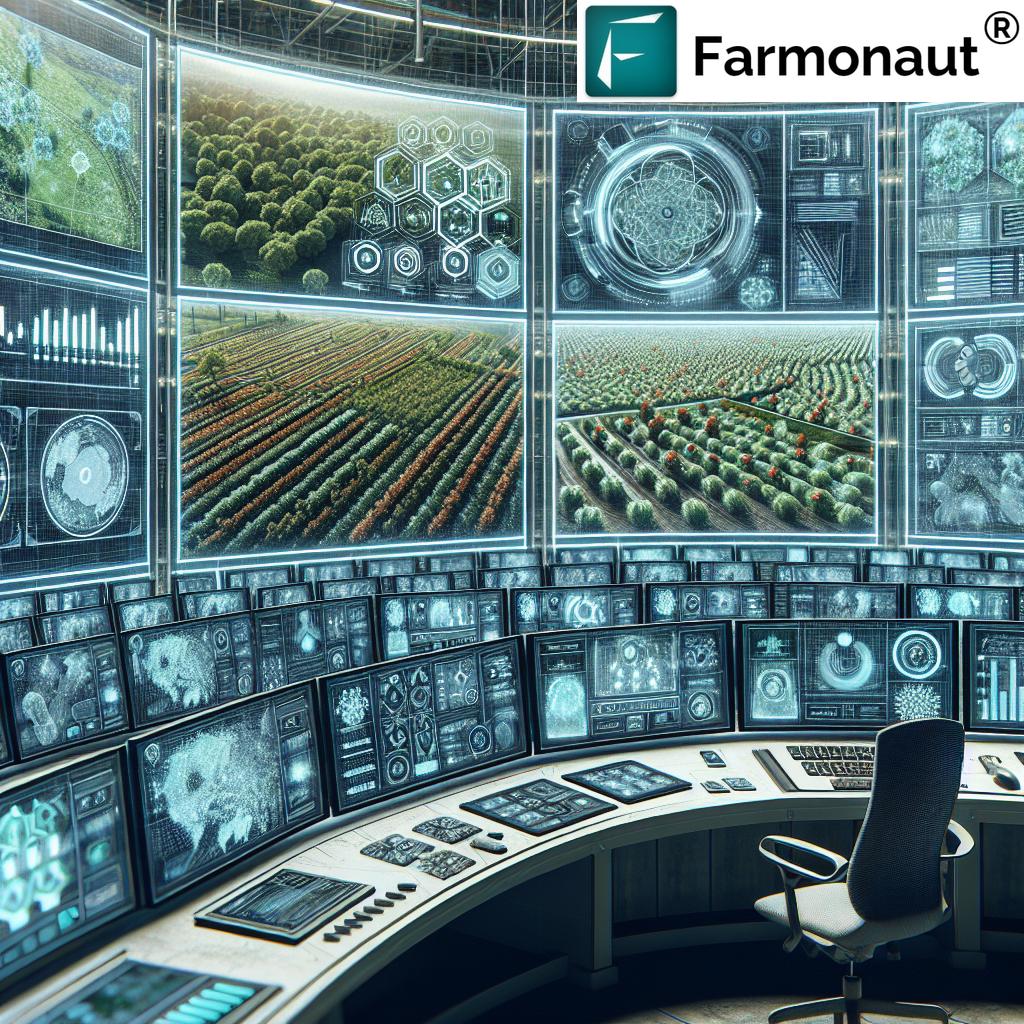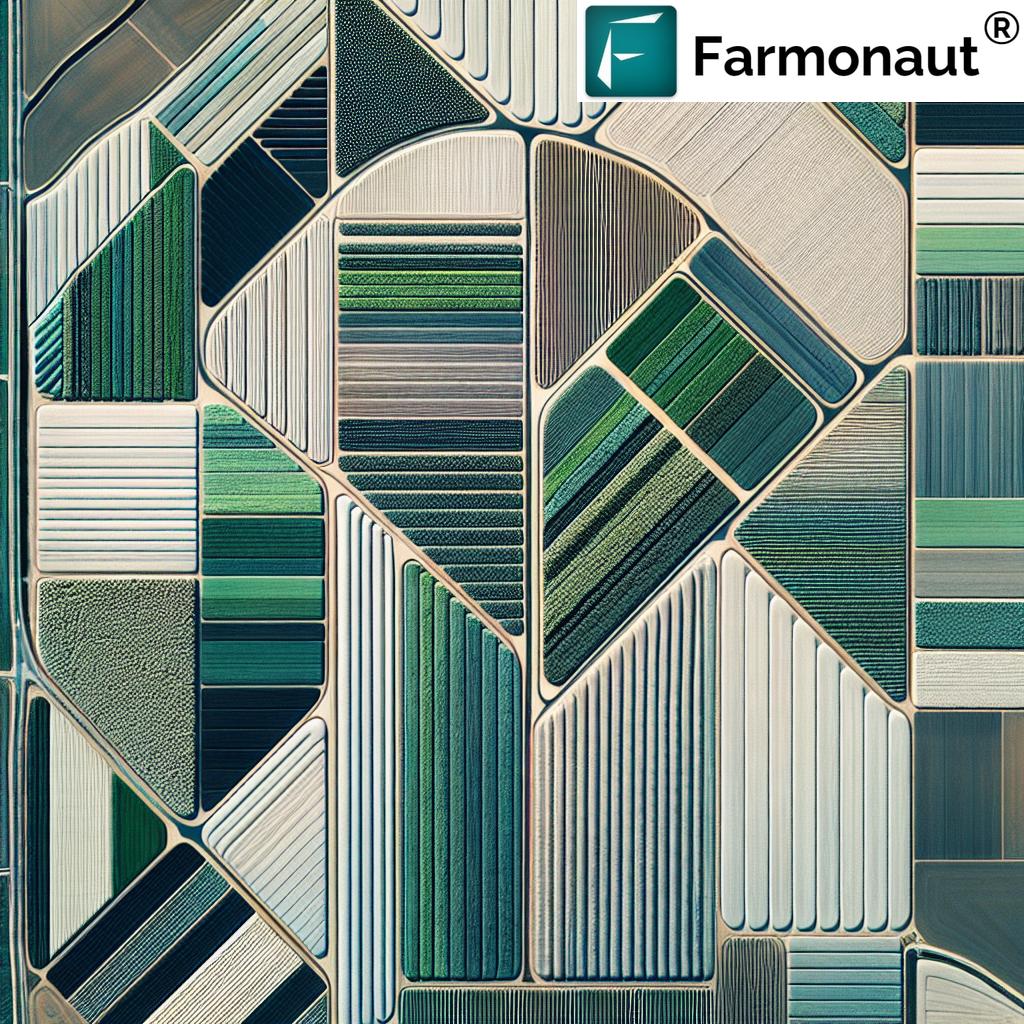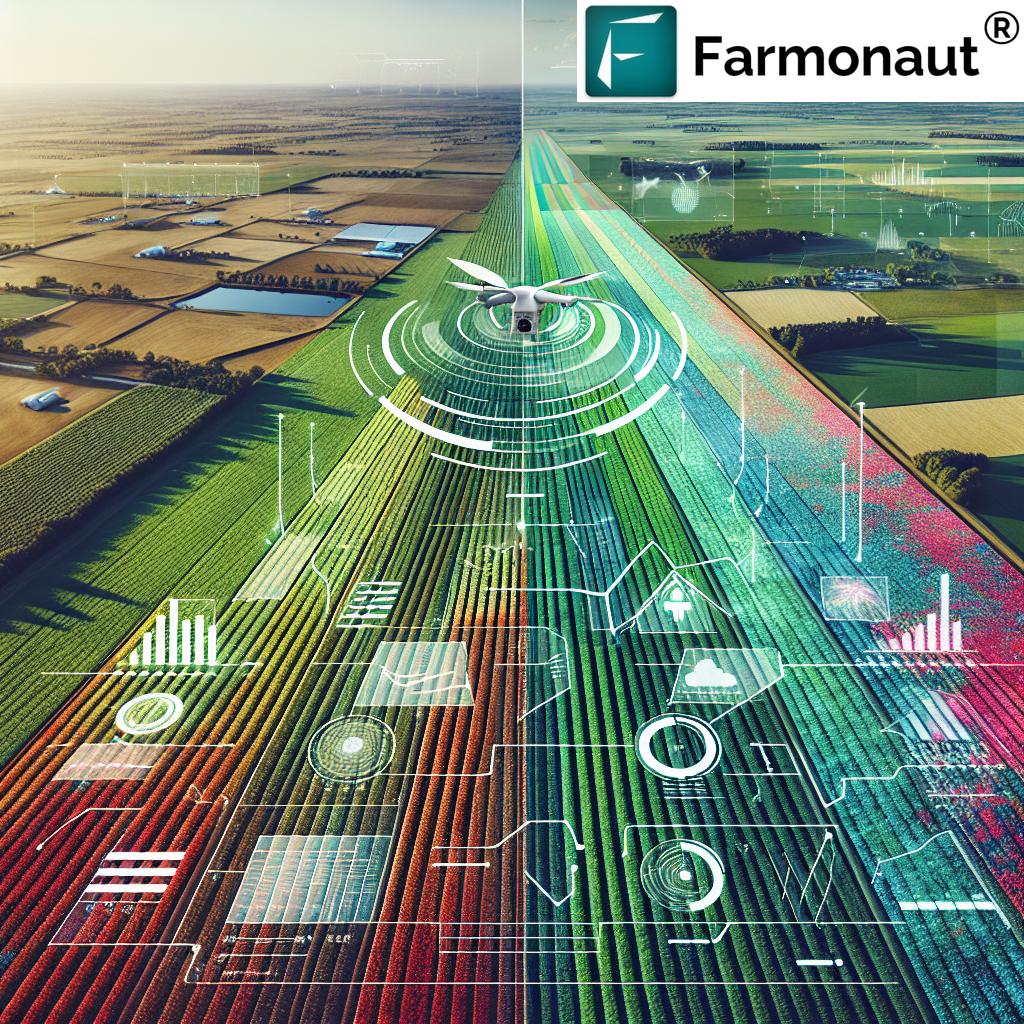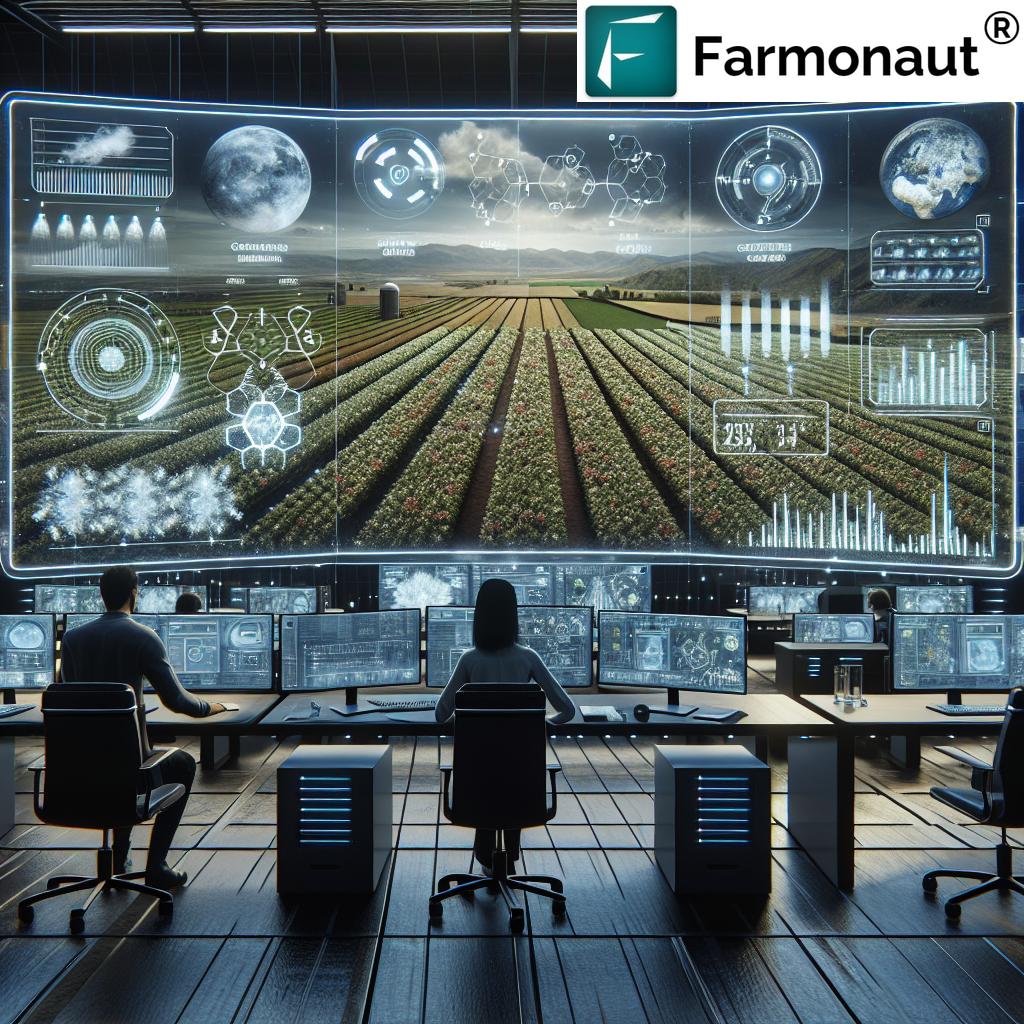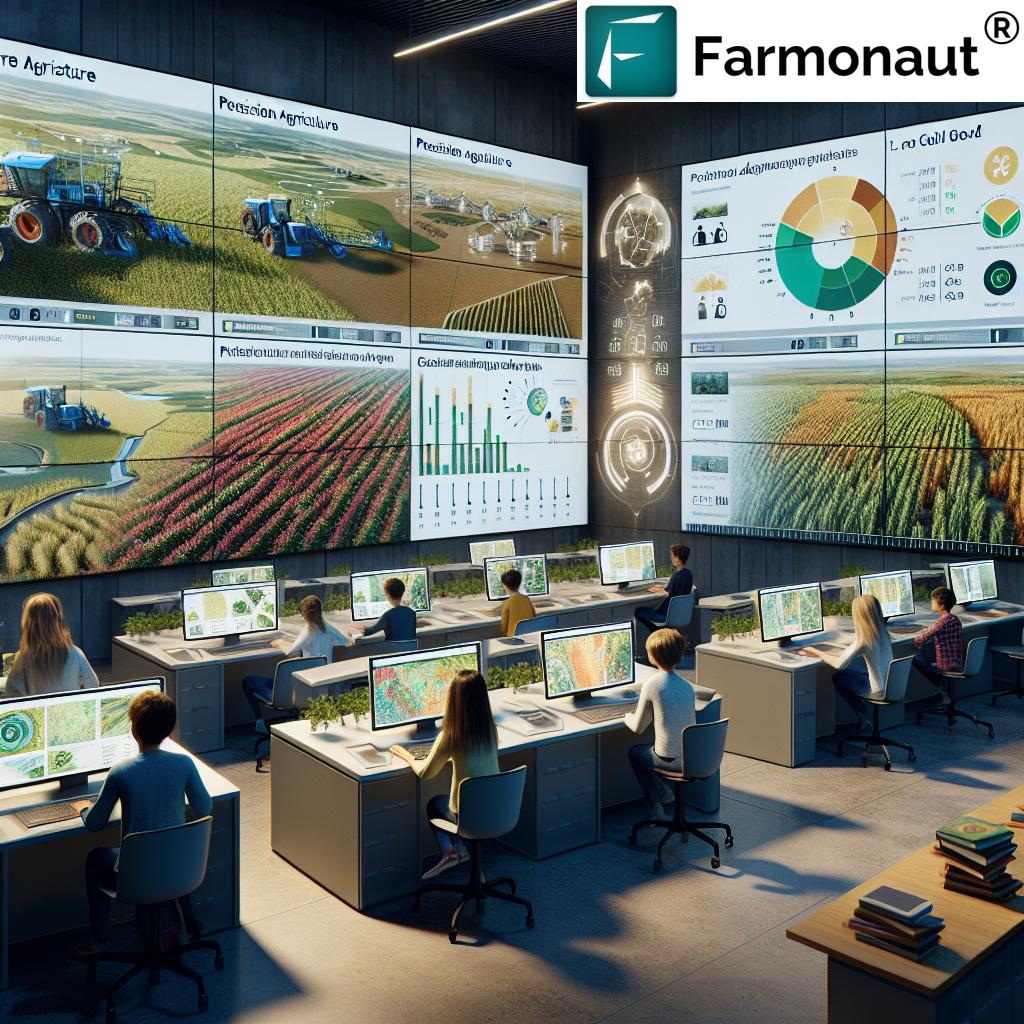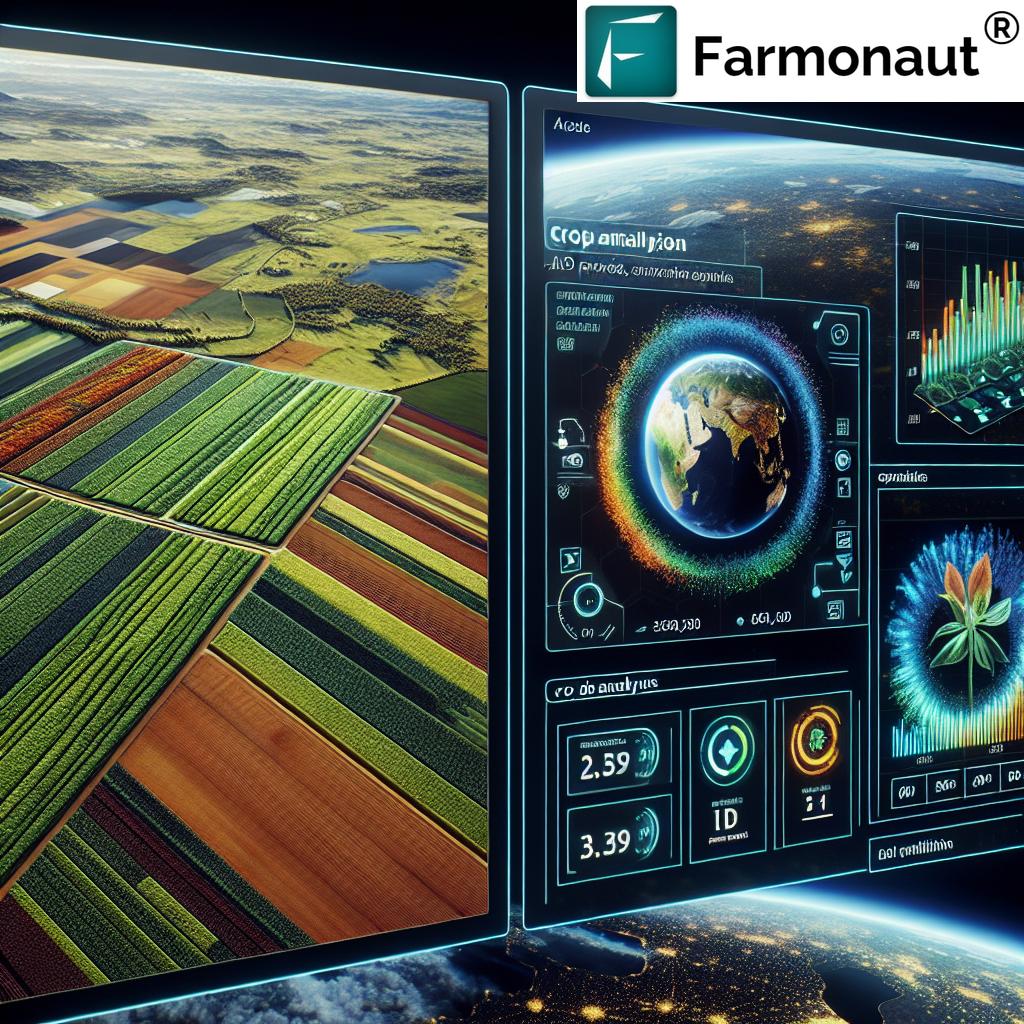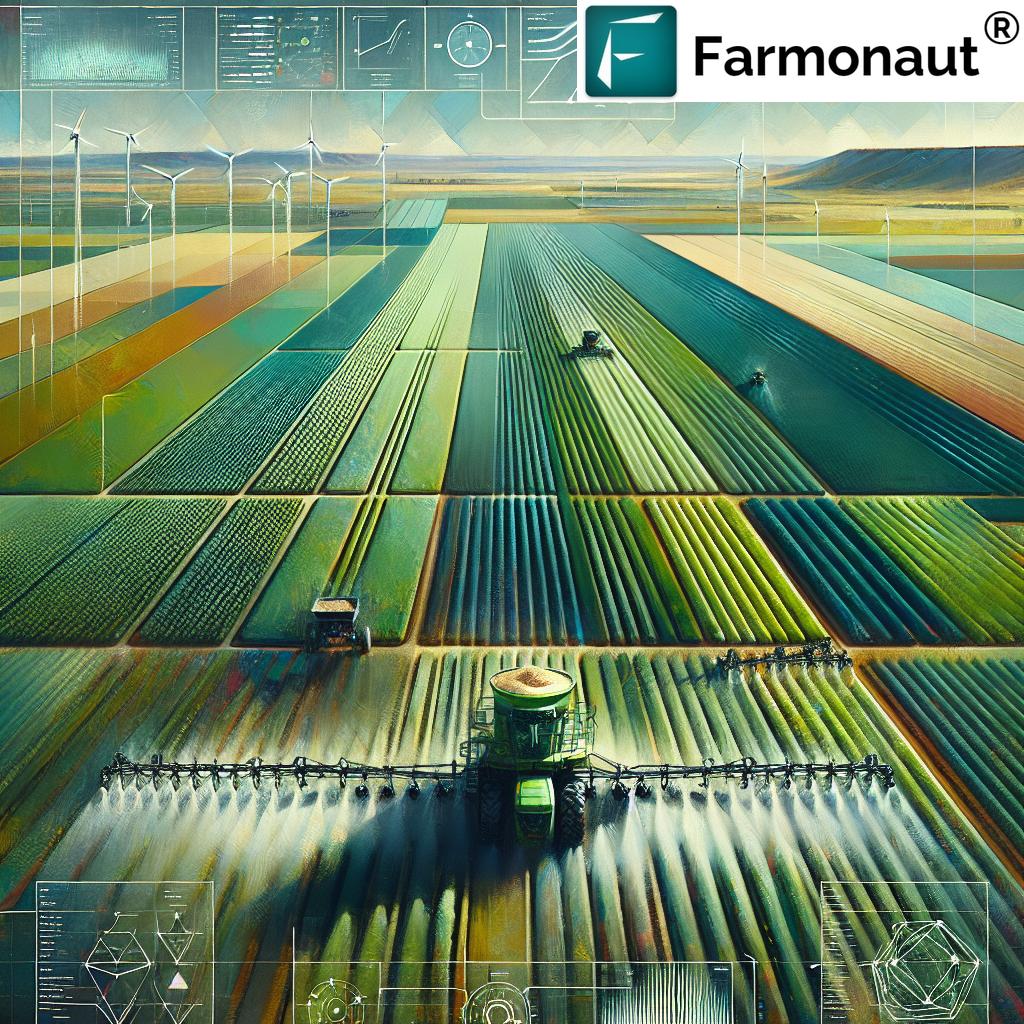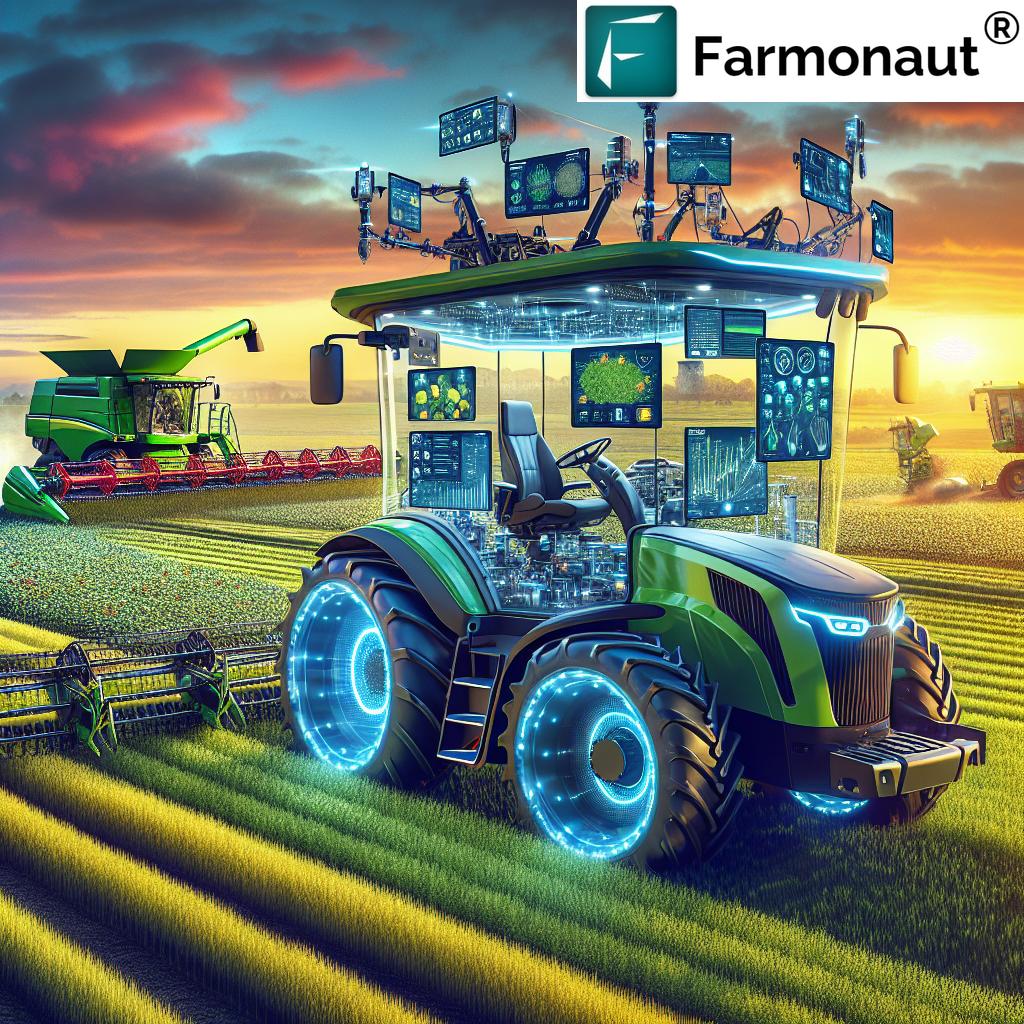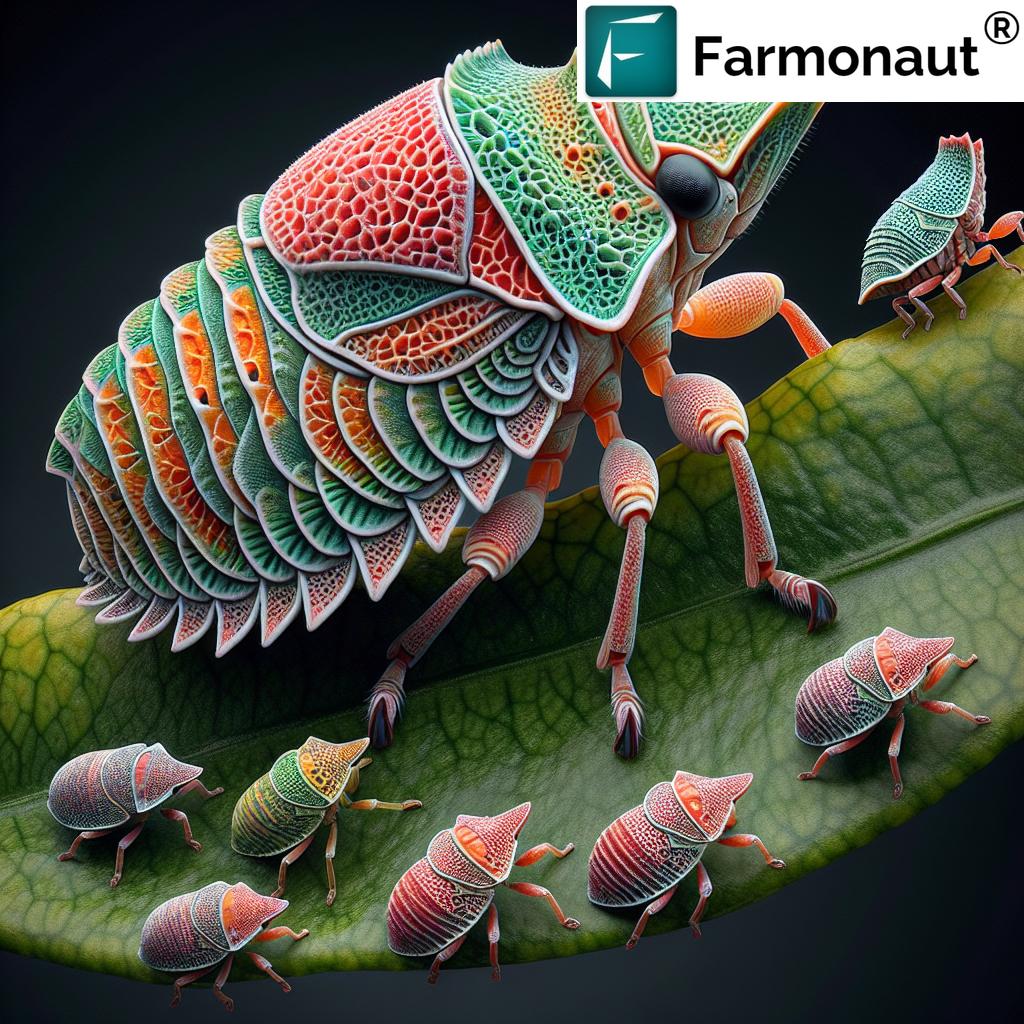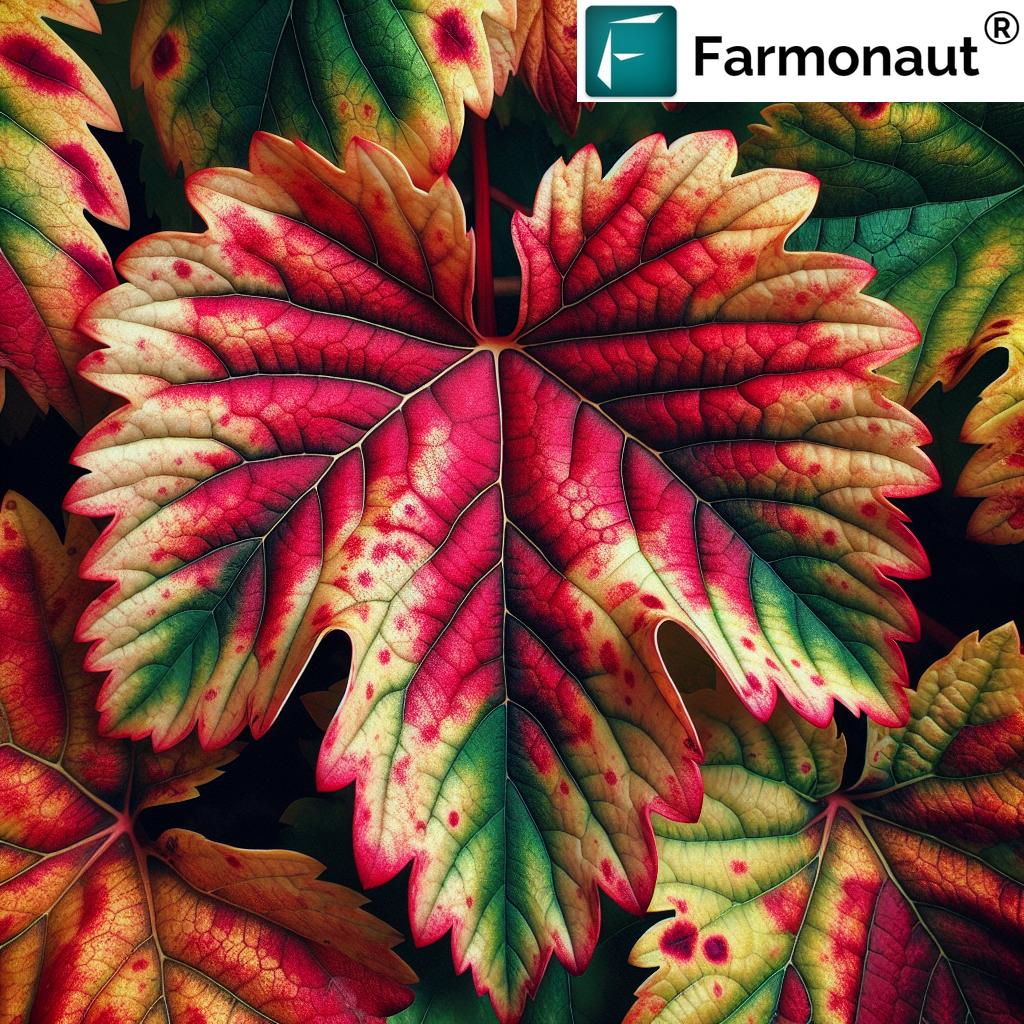Unlock Higher Yields: Precision Grow AI Pest Detection!
“AI pest detection can identify over 90% of common crop pests, revolutionizing precision agriculture.”
Introduction
In today’s ever-evolving landscape of agriculture and forestry, the emergence of AI pest detection and precision agriculture pest management has signaled a revolutionary shift in how we monitor, identify, and combat pest threats. Traditional methods—from manual scouting to indiscriminate pesticide applications—have served their purpose but often come at a high environmental, economic, and human cost. As our population grows and the demand on our food resources intensifies, it becomes crucial that we adopt more sustainable, efficient, and precise strategies to protect crops and forests.
This is where advanced technologies—including remote sensing for crop health, machine learning in pest control, and IoT pest monitoring systems—are transforming the field. These AI-powered pest management solutions allow us to detect and act on infestations early, reduce harmful pesticide use, and target interventions for maximum yield and sustainability. In this comprehensive guide, we’ll break down how these innovative systems work, their impacts, the challenges faced, and why Farmonaut stands at the forefront in making these solutions accessible and affordable.
Understanding Precision Grow AI Pest Detection
Precision Grow AI pest detection represents a technological leap from conventional pest management. Rather than blanket pesticide use, we now leverage an array of artificial intelligence (AI), remote sensing, and Internet of Things (IoT) technologies to identify, monitor, and manage pest threats with high accuracy.
At its core, this approach involves analyzing vast amounts of data—from sensor readings and satellite images to environmental conditions and historical records. These inputs feed into machine learning and AI algorithms that rapidly detect patterns associated with specific pests or diseases. This enables early pest detection in forestry and agriculture, precise targeting, and reduction of chemical and pesticide use, all while enhancing yields and promoting sustainable practices.
Core Components of Precision AI Pest Detection Systems
Let’s break down the cornerstone components that power modern AI pest detection and precision pest management systems:
1. Remote Sensing Technologies
Remote sensing is fundamental in observing crops and forests from afar, enabling us to cover huge areas efficiently. Today, we utilize satellites, drones, and ground-based sensors equipped with multispectral and hyperspectral cameras that can capture detailed images far beyond the visible spectrum.
These images enable us to reveal subtle changes in plant health, such as discoloration, stress signals, or early infestations. For instance, in cotton fields, unique color shifts can indicate early-stage mite infections, prompting action before widespread damage occurs.
This approach, also known as remote sensing for crop health, dramatically improves both the speed and accuracy of pest detection compared to manual scouting.
2. Machine Learning Algorithms
Data alone doesn’t solve problems; it’s machine learning in pest control that transforms raw data into valuable insights for pest management. AI-driven models are trained on massive datasets of crop images, environmental data, and pest life cycle patterns. They learn to distinguish natural plant variations from those caused by pests or diseases.
These models identify and classify threats with high accuracy—even detecting simultaneous stressors or overlapping infestations. The predictive analytics generated by these algorithms guide us toward timely interventions and proactive management strategies.
3. IoT Integration for Real-Time Pest Monitoring
IoT pest monitoring systems are a network of devices—from soil moisture sensors to humidity monitors and temperature probes—dispersed throughout fields and forests. These IoT devices continuously stream data, capturing environmental conditions that influence pest activity.
By integrating this constant, location-specific monitoring with AI-powered analytics, we can more accurately predict outbreaks, optimize resource application, and minimize risk while reducing costs for farmers and foresters.
How Precision AI Pest Detection is Transforming Agriculture and Forestry
-
Early Detection and Monitoring: By continually monitoring vegetation and environmental signals, AI pest detection identifies infestations often before any visible damage occurs. This enables timely interventions that protect crop yields and prevent escalation.
For example, modern AI drones have achieved up to 95% accuracy in identifying diseases like apple scab—enabling farmers to act fast and minimize losses. -
Targeted Pest Control: AI-powered solutions detect not just the presence, but the specific location and type of pest, allowing for targeted pesticide application. This precision slashes unnecessary chemical use, reducing environmental and health impacts while slashing input costs.
This practice—often called spot spraying or precision spraying—can reduce pesticide use by up to 90%, ensuring chemicals are only applied where absolutely necessary. -
Predictive Analytics for Proactive Management: Rather than reacting to outbreaks, AI-powered pest management solutions utilize historical data, weather patterns, and pest life cycles to forecast and preempt problems.
Farm managers can now schedule interventions in advance to coincide with vulnerable periods in the pest’s lifecycle, maximizing impact and reducing risk. - Biological Pest Control and Biodiversity Support: AI-enabled drones for crop pest detection are now used to distribute biological controls—like predatory insects—directly to infestation hotspots, strengthening integrated pest management technology and promoting sustainable biodiversity.
“Remote sensing technologies analyze up to 100 acres per hour for early pest infestations in sustainable farming.”
Comparative Benefits Table: Traditional vs. AI Pest Detection
| Detection Method | Detection Speed (Days) | Accuracy Rate (%) | Resource Efficiency (Labor Hours/ha) | Potential Yield Improvement (%) | Sustainability Impact (1-5) |
|---|---|---|---|---|---|
| Traditional Scouting | 5 – 14 | 70 – 75 | 4 – 8 | 5 – 10 | 2 |
| Remote Sensing | 1 – 2 | 85 – 90 | 1 – 2 | 10 – 15 | 4 |
| AI Pest Detection | Same Day (0-1) | 92 – 97 | < 0.5 | 15 – 25+ | 5 |
As the table above shows, AI pest detection not only outpaces traditional scouting in accuracy, speed, and sustainability, but also delivers significant improvements in yield and resource efficiency. That’s why so many farmers and forestry managers are adopting these technologies for sustainable growth.
Farmonaut’s Role in AI Pest Detection
At Farmonaut, our commitment is to make cutting-edge AI-powered pest detection and precision agriculture accessible for all—whether you’re a smallholder, large agribusiness, or a government body overseeing extensive forests and crops.
Our platform unites satellite-based crop health monitoring, AI advisory systems, and real-time remote sensing data, democratizing knowledge that was once available only to a select few. Here’s how Farmonaut empowers your pest management strategies:
- Satellite-Based Crop Health Monitoring: Using multispectral imaging and NDVI analytics, we deliver instant insights into vegetation health, soil moisture, and potential pest hotspots.
- Jeevn AI Advisory System: Our AI-driven advisory tool gives you tailored crop health recommendations, weather forecasts, and precise pest control strategies—combining AI with local and real-time data.
- Blockchain-Based Traceability: For industries seeking accountability and transparency, our product traceability solution ensures every stage of your crop’s journey is unalterable and secure.
- Resource Optimization & Fleet Management: Farmonaut’s fleet management suite helps you allocate labor, track vehicles, and reduce fuel wastage—all crucial for implementing prompt AI pest detection and targeted response in sprawling fields.
- Financing Solutions: Leveraging satellite-based verification for crop loans/insurance, we streamline financing, boost farmer eligibility, and help reduce fraud. Crop health reports and AI insights are readily available for loan assessments.
- Carbon Footprinting: Our carbon footprint tracking tools allow you to monitor the environmental benefits yielded from precision pest management and reduced pesticide use in farming.
We do all this through a user-friendly Android, iOS, and web-based platform, as well as an API for developers and businesses (see API Developer Docs), making advanced precision farming insights available worldwide.
Benefits of AI Pest Detection for Farmers and Foresters
Implementing AI pest detection and precision agriculture pest management offers a wealth of measurable advantages:
-
Environmental Sustainability
We can reduce pesticide use in farming, minimize runoff, and protect beneficial organisms. By detecting pests precisely, we avoid over-application—preserving both soil and water health for future generations. -
Economic Efficiency
Early detection systems mean less damaged crop and fewer lost acres. Our approach helps farmers achieve higher yields, while saving on costly pesticide applications. -
Enhanced Crop Quality
With timely intervention and efficient targeting, crops develop with minimal stress or deformity—commanding better prices at market and satisfying increasing consumer demand for sustainably produced goods. -
Data-Driven Decision Making
Farmers and foresters can leverage continuous real-time data to drive every step of their integrated pest management—from scouting and application to record-keeping and compliance.
Explore Farmonaut’s Solutions and Services
Farmonaut offers scalable, modular solutions for anyone practicing agriculture or forestry—from individuals to large enterprises seeking advanced remote sensing for crop health and AI advisory. Our mission is to break down the technology cost barrier and make precision agriculture truly accessible.
- Crop & Plantation/Fores Advisory: Leverage satellite-derived pest risk maps and personalized recommendations for every field or forest.
- Blockchain Product Traceability: Ensure your produce and raw material can be verified at every stage of the supply chain, boosting trust and export potential.
- Carbon Footprinting: Quantify and prove the reduction in carbon emissions and chemical use from transitioning to precision pest management strategies.
- Fleet and Resource Optimization: Integrate field monitoring with logistics management, ideal for large farms and agricultural service providers.
- Satellite-Based Crop Loan & Insurance Verification: Simplify access to agricultural finance using up-to-date field data and AI-generated crop health reports.
- Large-Scale Farm Management App: Administer many farms, users, or plots across regions—all within a unified dashboard supported by precision satellite insights.
Challenges in Adoption and Key Considerations
While AI pest detection unlocks remarkable benefits, the journey toward widespread adoption comes with important hurdles:
-
Data Reliability
The accuracy of AI-driven pest management solutions is only as good as the quality and completeness of the data collected. Poor calibration, missing sensors, or gaps in satellite coverage can lead to less reliable models. -
Initial Investment
Implementing advanced AI technologies, equipment, and training may be a financial barrier for small-scale or resource-challenged farmers.
Farmonaut addresses this by making precision farming affordable through a scalable, subscription-based platform. -
Technical Expertise
Operators require training to use, interpret, and maintain these integrated pest management technologies. Simplification, support, and quality interfaces (like Farmonaut’s) are key to mass adoption. -
Integration with Existing Practices
Many farms already possess legacy equipment and workflows. Seamless integration between new AI systems and traditional routines is essential.
At Farmonaut, we focus on ensuring compatibility and modularity, so users can scale at their preferred pace.
By confronting these challenges directly, we can accelerate the transition toward smarter, more resilient, and truly sustainable farming and forestry practices.
The Future of Precision Agriculture Pest Management
The horizon for precision Grow AI pest detection shines bright. As more farmers and foresters embrace these advanced systems, we’ll see even deeper integration of edge computing, small-satellite constellations, and real-time decision support.
Ongoing refinements in machine learning algorithms—combined with richer datasets from connected devices—will drive detection accuracy even closer to 100%. The proliferation of low-cost sensors, improvements in cellular and satellite connectivity, and better environmental monitoring tools will make precision farming tools even more accessible to all.
With platforms like Farmonaut at the forefront, we’re not just responding to pest threats; we’re shifting toward a data-driven culture of proactive management and sustainability, ensuring the productivity and resilience of our global food systems for generations to come.
Frequently Asked Questions (FAQ)
Q1. What is AI pest detection and why is it important?
AI pest detection uses advanced technologies such as remote sensing, machine learning, and IoT devices to identify pests and diseases in crops or forests early and accurately. This is crucial for targeted pest management, reducing chemical dependency, improving yields, and promoting sustainable farming.
Q2. How does remote sensing work in crop pest detection?
Remote sensing technologies, such as satellites and drones equipped with multispectral cameras, capture detailed images of fields. These images reveal early signs of stress or unusual color that can signal pest infestations, enabling timely intervention.
Q3. What are the main benefits of using AI-powered pest management over traditional methods?
AI-powered pest management is faster (often real-time), more accurate, reduces labor and material costs, and significantly lessens environmental impact by minimizing unnecessary pesticide use while enhancing quality and yield.
Q4. Are these advanced pest detection systems accessible to small farmers?
Yes! Farmonaut’s subscription-based pricing model and use of satellite data (instead of expensive field hardware) make precision pest management affordable and scalable for small and large farms alike.
Q5. Can I integrate Farmonaut data and analytics into my own tools?
Absolutely. Farmonaut offers a robust API for developers and companies to seamlessly infuse real-time, AI-driven crop health and pest insights into their applications or farm management systems. Full developer documentation here.
Conclusion
As we embrace the new era of precision Grow AI pest detection, we’re not just fighting pest outbreaks—we are fundamentally reshaping what’s possible in modern agriculture and forestry. With the power of artificial intelligence, remote sensing technologies, and data-driven insights, we can detect threats early, target interventions with surgical precision, and make leaps in both yield and sustainability.
Farmonaut stands at the leading edge—bringing these powerful tools within reach of everyone, from individual farmers to large-scale agricultural enterprises and governments. By lowering cost barriers, enhancing transparency, and supporting sustainable, informed management practices, we’re helping create a productive, resilient, and environmentally friendly future for global food and fiber production.
Unlock higher yields, smarter control, and true precision in pest management—discover what’s possible with Farmonaut today.






